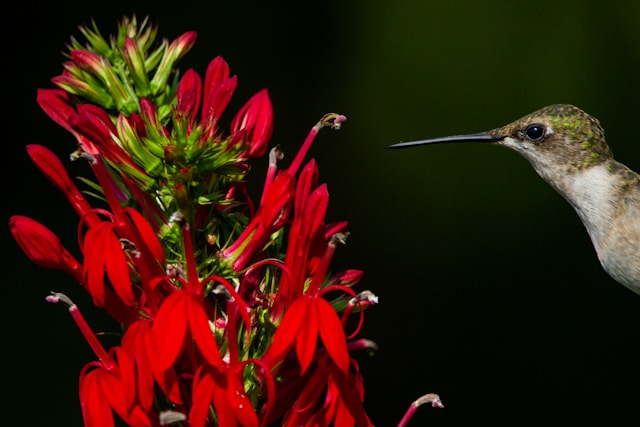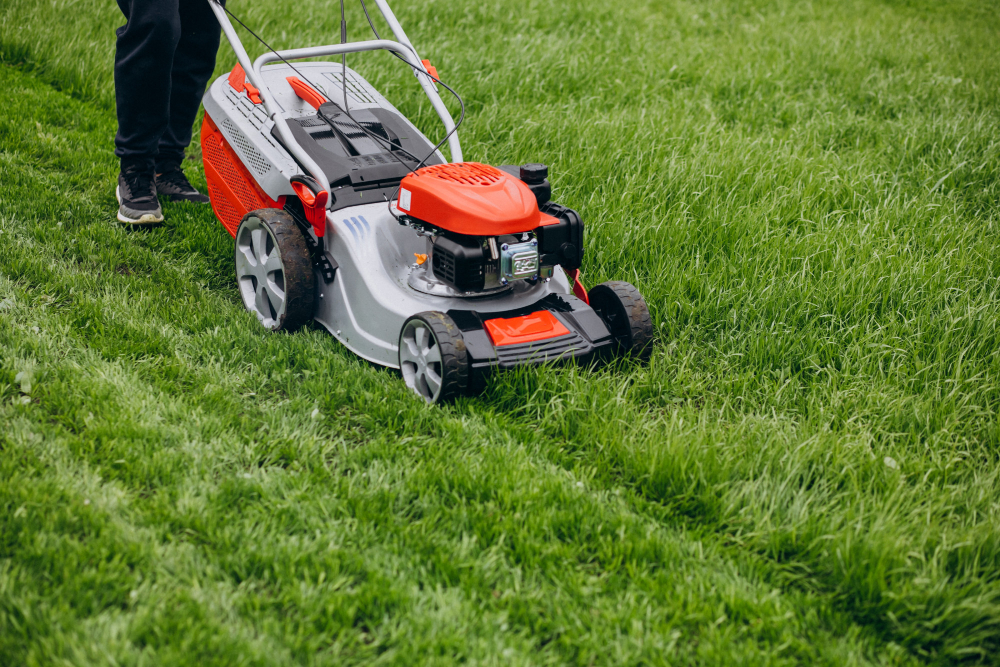- Plant native species to reduce water and maintenance needs while providing a habitat for local wildlife.
- Implement rainwater harvesting to conserve water and reduce dependence on municipal sources, minimizing runoff pollution.
- Use composting to create nutrient-rich soil, reducing landfill waste and the need for chemical fertilizers.
- Enhance your yard’s biodiversity and aesthetics by creating habitats and maintaining sustainable practices for a healthier ecosystem.
Creating an eco-friendly home is not just about what’s inside your house but also extends to your yard. A sustainable yard can have a positive impact on the environment and contribute to a healthier ecosystem. This blog will discuss the importance of a sustainable yard for eco-friendly homes and provide you with five key things you need to know to create one.
Native Plants
One of the most critical aspects of creating a sustainable yard is caring for native plants. They are adapted to the climate and soil conditions, making them more resilient to pests and diseases. They also require less water and maintenance compared to non-native species, reducing the need for pesticides and fertilizers. By planting native plants in your yard, you can provide habitat for local wildlife such as birds, butterflies, and bees.

Rainwater Harvesting
Another critical aspect of a sustainable yard is rainwater harvesting. Instead of letting rainwater run into storm drains, which can lead to the pollution of waterways, you can collect rainwater in barrels or cisterns for later use. This conserves water and reduces your reliance on municipal water sources.
Composting
Composting is an essential practice for maintaining a sustainable yard. By composting organic waste, such as kitchen scraps and yard clippings, you can create nutrient-rich soil amendments for your garden. This helps reduce landfill waste and eliminates the need for chemical fertilizers that can harm the environment.
Mulching
Mulching is another critical practice for creating a sustainable yard. Mulch helps retain moisture in the soil, suppresses weed growth, and regulates soil temperature. By using organic mulch such as wood chips or leaves, you can improve soil health and reduce the need for watering and weeding.
Wildlife Habitat
Creating a diverse habitat in your yard is crucial for supporting local wildlife populations. By providing food sources such as native plants and bird feeders, shelters such as trees and shrubs, and water sources such as birdbaths or ponds, you can attract a variety of wildlife species to your yard. This not only enhances biodiversity but also promotes natural pest control without the use of harmful chemicals.
Aesthetics
Last but not least, a sustainable yard can also be aesthetically pleasing. This can not only boost your property’s value but also provide a sense of satisfaction and enjoyment for you and your family. Here are four ways you can ensure your yard looks beautiful while maintaining environmentally friendly practices:
Employ Professional Help
Hiring professional landscapers can help you design and maintain your yard in an eco-friendly manner. They can also guide you on the best plants for your region and provide tips for sustainable gardening practices. Choose a landscaping company that uses environmentally friendly techniques and materials.
Keep up With Maintenance
Regular maintenance is vital to keeping your yard looking beautiful and healthy. This includes proper watering, pruning, and fertilizing. By following sustainable practices such as using organic fertilizers and avoiding overwatering, you can maintain a lush and vibrant landscape without harming the environment.

Educate Yourself and Others
One of the most critical steps in creating a sustainable yard is educating yourself about eco-friendly practices and sharing that knowledge with others. Attend workshops, read articles, or join online forums to learn more about sustainable landscaping techniques. You can also inspire your friends, family, and neighbors to adopt these practices by leading by example and sharing your knowledge with them.
Create an Outdoor Living Space
Another way to make your yard more appealing is by creating an outdoor living space. This can be a patio, deck, or even a designated seating area under a tree. By spending time in your yard, you can connect with nature and enjoy the beauty of your sustainable landscape.
By incorporating these tips into your yard maintenance routine, you can enjoy a beautiful and environmentally friendly outdoor space. Remember to constantly research and utilize sustainable practices and materials to create a more eco-friendly landscape for years to come.
Embracing sustainability in your yard not only enhances the local ecosystem but also enriches your own living space. By integrating native plants, rainwater harvesting, composting, mulching, and wildlife habitats, you’re setting a powerful example of eco-responsibility.
This approach not only supports biodiversity but also offers a serene and visually appealing environment for you and your family. Nurture the planet starting with your own backyard, turning it into a thriving example of sustainability and beauty.







